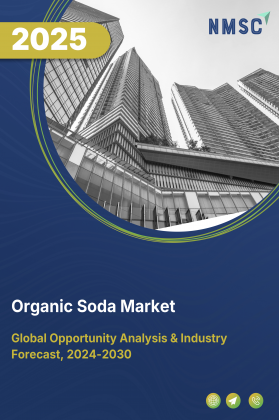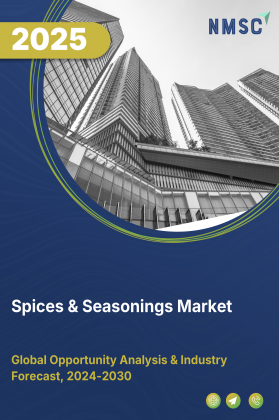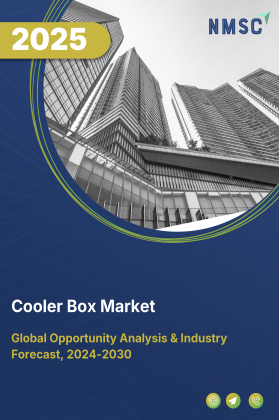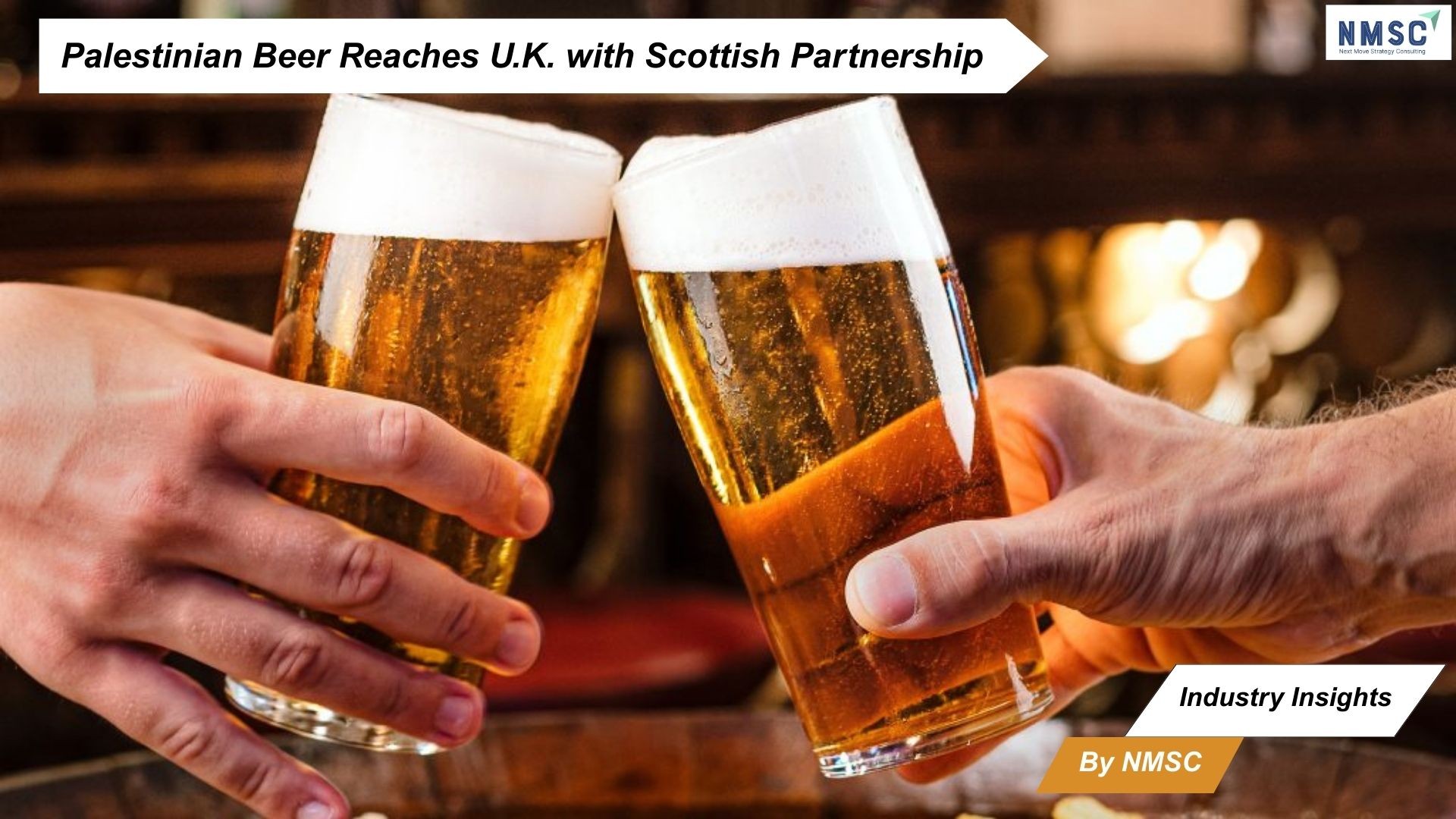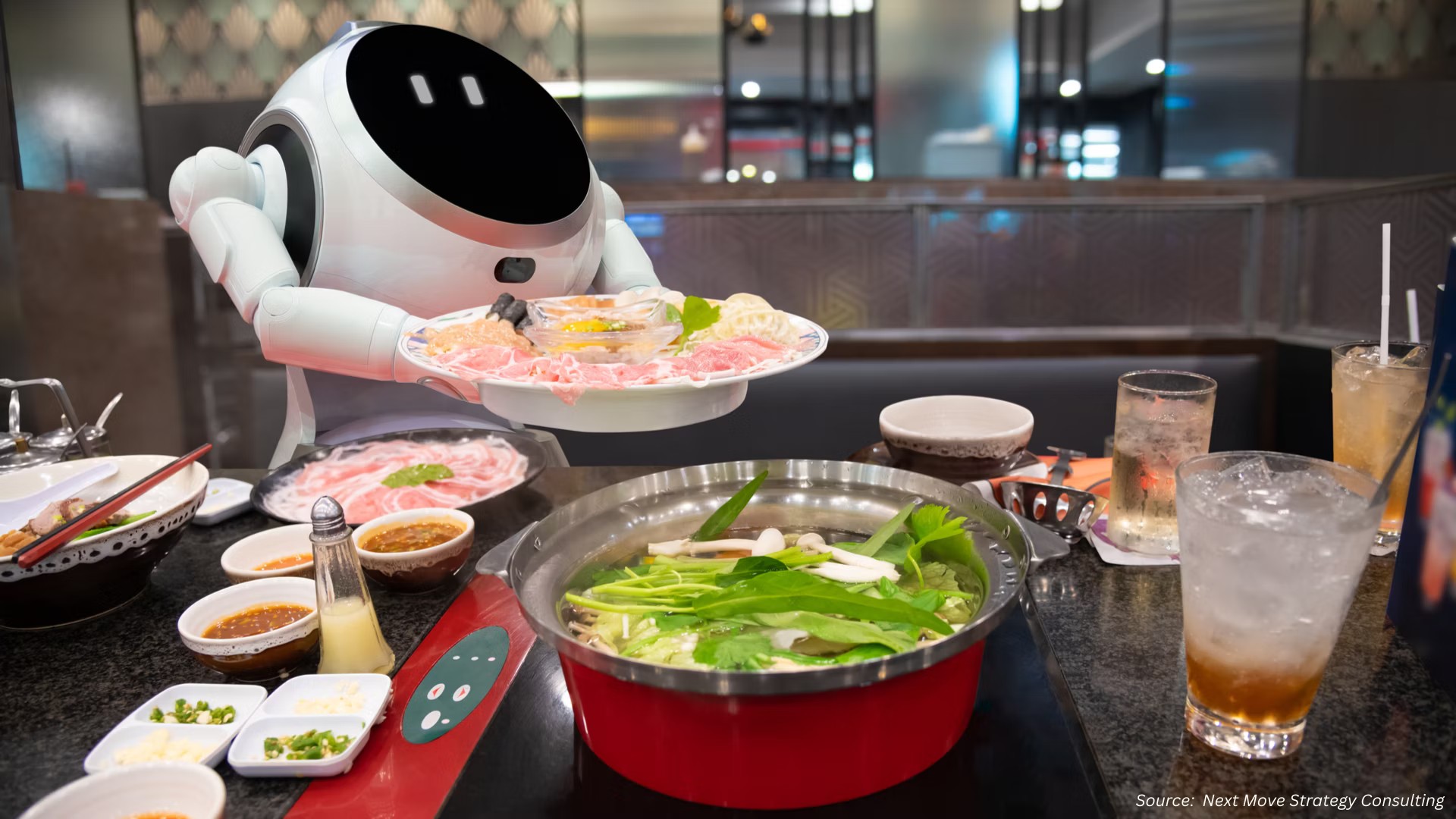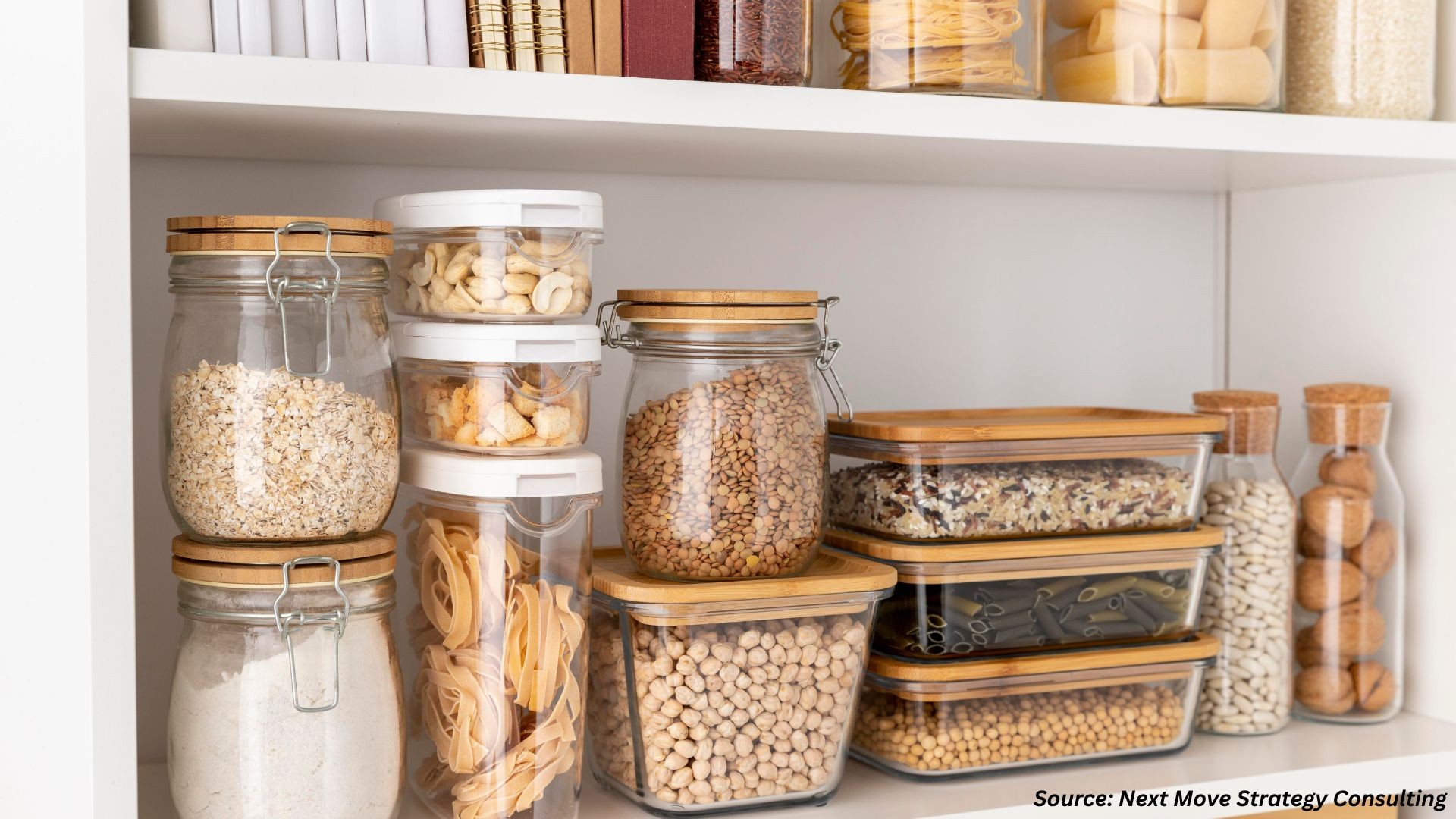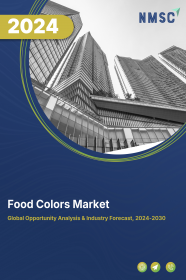
Food Colors Market by Color Palette (Natural Food Colors, Synthetic Food Colors, Caramel Food Colors, and Titanium Dioxide Food Colors), by Form (Liquid, Powder, and Gel), by Solubility (Dyes and Lakes), by Application (Meat Products, Beverages, Dairy, Bakery & Confectionary, Processed Food & Vegetables, Oils & Fats, and Others) – Global Opportunity Analysis and Industry Forecast, 2024–2030
Market Definition
The global Food Colors Market size was valued at USD 3.36 billion in 2023, and is predicted to reach USD 6.85 billion by 2030, with a CAGR of 10.9% from 2024 to 2030. Food colors signify natural or synthetic substances added to food and beverages to enhance the color of the product. This market encompasses various products, including liquid, gel, and powder colorants designed to meet diverse industry requirements.
The primary objectives of the food colors are to improve the appearance of food and beverages, meet consumer preference for vibrant and appetizing products, and comply with regulatory standards. It also enhances product aesthetics, brand differentiation, and consumer appeal. Food colors find application in multiple industries, including food in the beverage sector, confectionery, bakery, and dairy, in which colors play a vital role in influencing consumer choice and overall product success.
Market Dynamics and Trends
The worldwide surge in the popularity of fast food has become a pivotal driver for the global food colors market. According to a recent survey by the U.S. National Center for Health Statistics in 2023, about 36.6% of American adults consume fast food regularly. As more people opt for fast food, there is a growing need for colorful and visually-enticing food options in these choices.
Additionally, startups such as Motif FoodWorks and Michroma in the U.S. are launching innovative methods to make healthier food colors, ingredients, and flavorings, including products such as Vanilla Vida, Spero Renewables, and Pigmentum. This factor fuels the growth of the food color market.
For instance, in February 2023, Michroma launched a unique food coloring and flavoring technology that utilizes precisely controlled fermentation to commercialize fungal food colors. The company produced Red+, a unique red colorant that is temperature-resistant and stable over the whole food pH spectrum. The company is expanding its product line globally with blue and white variations. It is still in the research and development (R&D) process.
The global food colors market is also significantly driven by the rising demand for clean, simple, and plant-based food colors extracted from fruits and vegetables. According to research conducted by food ingredients supplier Archer-Daniels-Midland Company, in 2021, plant-based sourced colors accounted for 59% of the food colors market in North America, 52% in Europe, and 55% in the Asia-Pacific region. This global shift toward plant-based coloring solutions highlights the increasing dominance of these natural alternatives.
However, the growing health and safety concerns related to the utilization of some synthetic colors in the food processing industry have hampered the expansion of the food colorants business. These colorants may lead to issues such as hyperactivity and chronic illnesses.
For instance, in July 2022, A California man sued the company that makes rainbow-hued Skittles Mars, stating that the candy is "unfit for human consumption" due to the usage of titanium dioxide. Such concerns further lead to stricter regulations, potentially limiting the growth of the food colors industry.
On the contrary, the growing global demand for natural and transparent food labeling is a prime factor presenting opportunities in the food colors market. Consumers now prioritize clear and honest labeling, emphasizing natural ingredients and transparency. This factor is expected to create opportunities for the food colors industry.
Market Segmentations and Scope of the Study
The food colors market is segmented based on color palette, form, solubility, application, and region. Based on color palette, the market is divided into natural food colors, synthetic food colors, caramel food colors, and titanium dioxide food colors. On the basis of form, the market is categorized into liquid, powder, and gel.
On the basis of solubility, the market is categorized into dyes and lakes. Based on application, the market is categorized into meat products, beverages, dairy, bakery & confectionary, processed food & vegetables, oils & fats, and others. The geographic breakdown and analysis of each of the aforesaid segments include regions, such as North America, Europe, Asia-Pacific, and the Rest of the World (RoW).
Geographical Analysis
North America holds the dominant share of the food colors market, and is expected to continue its dominance during the forecast period. The introduction of clean-label and oil-based color components in North America responds to the global demand for natural and transparent food colors.
For instance, in May 2023, EXBERRY by GNT created the first completely oil-based coloring food, allowing producers to generate brilliant orange colors in low-water-content applications. EXBERRY Shade Vivid Orange - OS was established to fulfill the global demand for low-dosage and clean-label coloring components that give bright orange colors. By enhancing visual appeal while preserving transparent labels, the firm aimed to meet the market needs, fueling substantial growth of the food colors market in this region.
Additionally, the introduction of innovative and diverse food color products that attract consumers and food manufacturers is positively driving the North American food colors market. For instance, in March 2022, Archer-Daniels-Midland Company launched PearlEdge, a unique white color solution derived from natural components such as maize starch. It provides a vivid, stable, and uniform white color for various food and beverage applications. This innovation addresses the demand for natural and clean label options, further driving the growth of the food colors market.
On the other hand, Europe is expected to show a steady rise in the food colors market. The introduction of ready-to-use colors for plant-based meat and seafood in Europe has boosted the growth of the food colors market. For instance, in June 2023, Oterra launched Red and Pink ColorFruit and FruitMax blends for plant-based meat and seafood, meeting the demand for clean-label products.
These blends are free of palm oil, and are used in plant-based products to mimic the appearance of animal-derived versions and improve food colors. This contributes substantially to the expansion of the European food colors market by meeting the rising demand for natural and versatile solutions in plant-based products.
Moreover, the increasing awareness campaigns by the European Union agency empower consumers to make informed food choices, further boosting the demand for natural and safe food colors in the region. For instance, in May 2023, The #EUChooseSafeFood campaign, led by the European Union, empowered citizens to make informed food choices by offering practical guidance on reading food labels, comprehending additives, and ensuring safe food preparation and storage. By bridging the gap between food safety science and consumers' tastes, it enhanced understanding and encouraged favorable decisions. This, in turn, fostered the growth in the food colors market in the region.
Competitive Landscape
The food colors industry comprises various market players, including ADM, BIOCONCOLORS, Chr. Hansen Holding A/S, Digestive Disease Week (DDW), DIC Corporation (BASF SE), Döhler GmbH, Florio Colori, GNT International B.V., International Flavors & Fragrances, Inc., and Kalsec, Inc., and others. These market players are adopting various product launches and partnerships as their key developmental strategies across multiple regions to maintain their dominance in the food color market.
For instance, in November 2022, GNT International B.V. launched EXBERRY Shade Bright Green-Powder. This innovative addition to their EXBERRY Coloring Foods line features turmeric and spirulina powder, and is tailored for dry and powdered applications, including bread mixes and spices. This factor enhanced the growth of the food color market
Also, in August 2022, ADM partnered with Benson Hill, Inc., an animal food manufacturing company, to enhance the production of innovative soy-based food color ingredients. This collaboration addresses the rising demand for natural food color solutions in various segments within the food and beverage industry, including savory, sweet, and dairy products.
Key Benefits
-
The food colors market report provides the quantitative analysis of the current market and estimations through 2024–2030 that assists in identifying the prevailing market opportunities to capitalize on.
-
The study comprises a deep dive analysis of the current and future food colors market trends, depicting the prevalent investment pockets in the market.
-
The information related to key drivers, restraints, and opportunities and their impact on the food colors market is provided in the report.
-
The competitive analysis of the market players along with their market share in the food colors market
-
The SWOT analysis and Porter’s Five Forces model is elaborated on in the study.
-
Value chain analysis in the market study provides a clear picture of the stakeholders’ roles.
Food Colors Market Key Segments
By Color Palette
-
Natural Food Colors
-
Synthetic Food Colors
-
Caramel Food Colors
-
Titanium Dioxide Food Colors
By Form
-
Liquid
-
Powder
-
Gel
By Solubility
-
Dyes
-
Lakes
By Application
-
Meat Products, Beverages
-
Dairy
-
Bakery & Confectionary
-
Processed Food & Vegetables
-
Oils & Fats
-
Others
By Region
-
North America
-
The U.S.
-
Canada
-
Mexico
-
-
Europe
-
The U.K.
-
Germany
-
France
-
Italy
-
Spain
-
Denmark
-
Netherlands
-
Finland
-
Sweden
-
Norway
-
Russia
-
Rest of Europe
-
-
Asia-Pacific
-
China
-
Japan
-
India
-
South Korea
-
Australia
-
Indonesia
-
Singapore
-
Taiwan
-
Thailand
-
Rest of Asia-Pacific
-
-
Rest of the World (RoW)
-
Latin America
-
Middle East
-
Africa
-
Key Players
-
ADM
-
BIOCONCOLORS
-
Chr. Hansen Holding A/S
-
Digestive Disease Week (DDW)
-
DIC Corporation (BASF SE)
-
Döhler GmbH
-
Florio Colori
-
GNT International B.V.
-
International Flavors & Fragrances, Inc.
-
Kalsec, Inc.
REPORT SCOPE AND SEGMENTATION:
|
Parameters |
Details |
|
Market Size in 2023 |
USD 3.36 Billion |
|
Revenue Forecast in 2030 |
USD 6.85 Billion |
|
Revenue Growth Rate |
CAGR of 10.9% from 2024 to 2030 |
|
Analysis Period |
2023–2030 |
|
Base Year Considered |
2023 |
|
Forecast Period |
2024–2030 |
|
Market Size Estimation |
Billion (USD) |
|
Growth Factors |
Increasing consumption of fast food worldwide. Innovation of new methods to make healthier food colors. Rising demand for clean, simple, and plant-based food colors. |
|
Countries Covered |
28 |
|
Companies Profiled |
10 |
|
Market Share |
Available for 10 companies |
|
Customization Scope |
Free customization (equivalent up to 80 working hours of analysts) after purchase. Addition or alteration to country, regional, and segment scope. |
|
Pricing and Purchase Options |
Avail customized purchase options to meet your exact research needs. |




















 Speak to Our Analyst
Speak to Our Analyst



